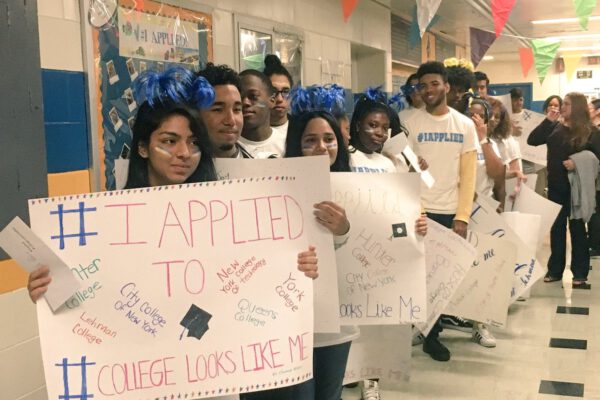Some College, No Credential Population Continues to Grow
Title: Some College, No Credential Student Outcomes: Annual Progress Report – Academic Year 2021/2022
Authors: J. Causey, A. Gardner, A. Pevitz, M. Ryu, and D. Shapiro
Source: National Student Clearinghouse Research Center
In its annual report, the National Student Clearinghouse provides context in creating better outcomes for the some college, no credential (SCNC) population, specifically on re-enrollment, persistence, and credit/degree completion. The report states that this population now consists of 40.4 million people, a 3.6 percent increase from last year, likely induced by pandemic-era challenges in higher education.
The report splits the SCNC population into two subgroups: stop-outs and potential completers. Recent stop-outs are newly identified SCNC students this year, having stopped out since May 2022. Potential completers are students who have already made at least two years’ worth of academic progress up until last enrollment. An important finding identified that recent stop-outs (9.4 percent) and potential completers (6.1 percent) re-enrolled at higher rates than the national average for the SCNC population across race, gender, and age.
Additional important findings from the report include:
- Among SCNC students who re-enroll, 38.8 percent do so at the same institution they stopped out from.
- Compared to the 2020-21 academic year, SCNC students who completed their first credential within a year of reenrollment declined by 11.8 percent. Associate degree completers declined by 17.6 percent and bachelor’s degree completers declined by 26.8 percent. Those who earned a certificate increased by 5.5 percent.
- Over half (53.9 percent) of those that re-enrolled continued enrollment a second year, and 70 percent of them made progress, at primarily public or private four-year institutions.
- SCNC students who identified as Asian had the highest success and progress rates (re-enrollment, perseverance, and earned credentials), at 66.3 percent. Black and Indigenous SCNC students had the lowest rates by race and ethnicity groups, standing at 55.4 percent and 56.1 percent respectively.
- Regionally, the Midwest demonstrated the highest rate of potential completers earning a certificate, representing 50.6 percent of credentials earned in the region. Meanwhile bachelor’s (43.8 percent) and associate degree (38.4 percent) completions were most prevalent in the Northeast.
- Approximately a quarter of students (24.6 percent) who are recent stop-outs were under the age of 20 when they left their institutions. The report shares that younger SCNC students have higher re-enrollment rates than older students, potentially due to prior enrollment and credits earned.
For more detailed data and analysis, check out the report here.
—Tabatha Cruz
If you have any questions or comments about this blog post, please contact us.


